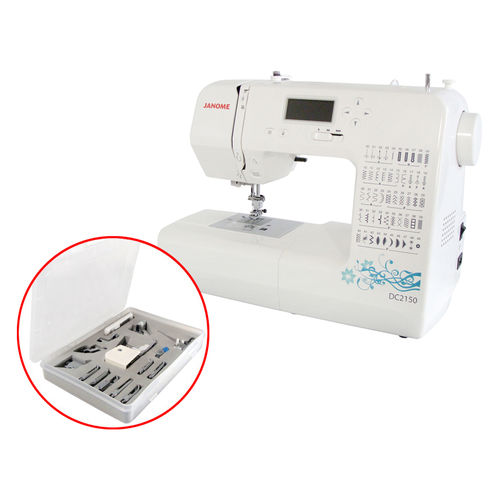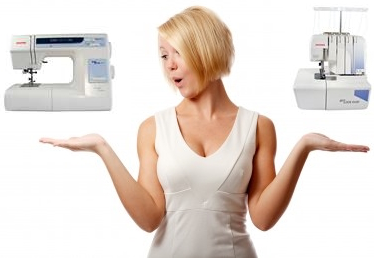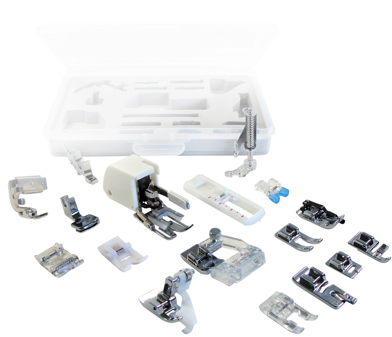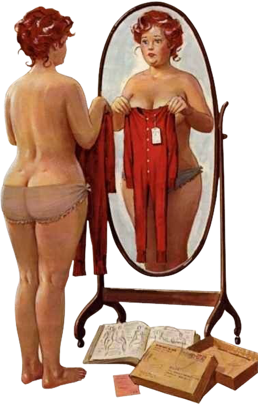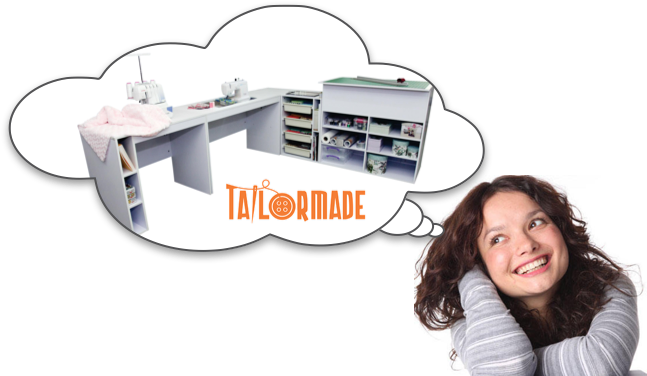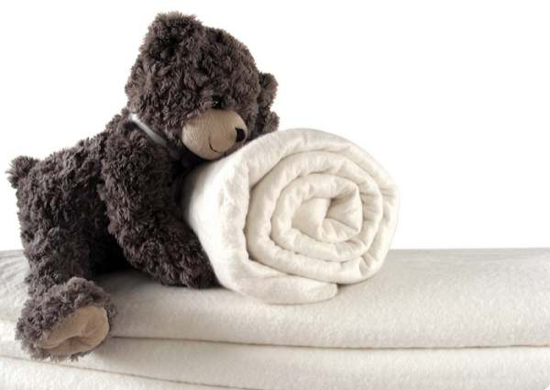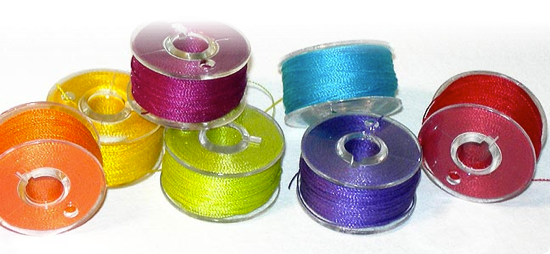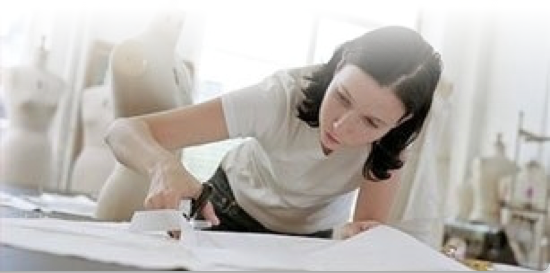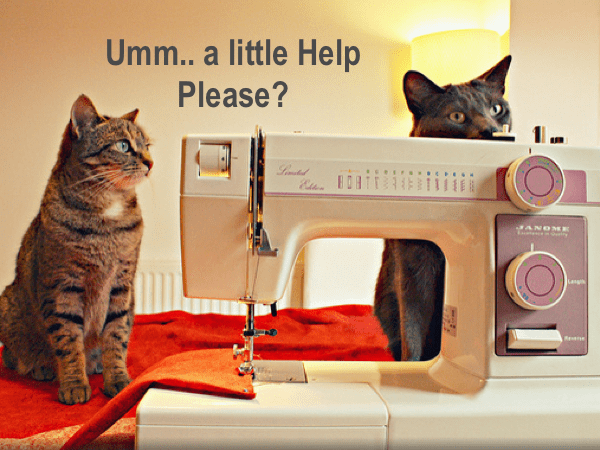
Sewing Advice: What Wisdom Would You Share with a Beginner?
Who is new to sewing?
Ever since I started
Sew Much Easier
, I've wanted to put together some materials to help people who are new to sewing
get more out of their new-found love.
Though there is a question I kept asking myself:
Does the world really need another sewing course?
I mean, isn't the internet full of helpful tips and wonderful tutorials, already?
What can mere little me offer - that's actually useful - to a brand-new sewist?
Then it occurred to me: I have YOU.
Each week, I tap out a little something so that we may have a few moments together. The sum of us makes up a caring,
creative community - filled with love and wisdom. That, is priceless to us all.

So, I will start - with one piece of wisdom, and one tip.
1. Be kind to yourself.
Don't expect instant perfection, or compare your results with others.
Come sewing with an open and playful attitude and see what you can discover by trying different things.
2. Get your seam allowance consistent.
Note that I didn't say "Get it Perfect". As long as your seam allowances turn out pretty much the same as each other,
your project should work out!
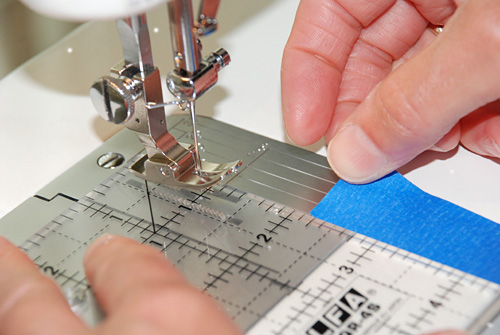
See - here's a quick and easy way to make sure your seam allowances are accurate.
A piece of painter's tape is all you need. No need to buy
a special foot
(unless you really want to).

Next, it's YOUR turn.
What can
you tell a newbie?
Is there anything
you wish someone had told you, when you first started sewing?
And, if you happen to be a beginner, what would YOU like to know?
If I was putting a little something together for you - what would YOU like to see?
Simply
Send me an email & Let me know :-)
![]()
xoxox
P.S. If you're a beginner and can't decide which sewing machine is best for you, here's a guide I've put together just to help you out:
How to Choose a Sewing Machine for Beginners
My tips:
- Press! Everything will look more polished and professional if you take the time to press carefully and properly as you go.
- Make kids clothes to practise new techniques - you'll get great experience and can master trickier techniques without using as much fabric, and whoever is the recipient will have some beautiful items to wear.
- Always wash your fabrics first.
- Keep your scissors sharp.
- Go slow and enjoy the processes.
- Hand-sewing is NOT the enemy!
- Kate F

Take it easy. Don't race and the seams will become straight
- Wendy


From Lane and Pete

Hi Shelley,
I have taught beginners how to sew and my advice to them when starting out on a journey to create something that is uniquely your is to start with something that is simple and go from there.
Many people come to sewing because they want that special dress for a function or a gift for a baby.
I get them to bring their machine to class so that they can learn on their own machines uses. I give them pieces of material and show them how to use their machines. Give them a run down on the various fabrics they will be using and what cottons are best for their projects and what needles to use for the fabrics. I also cover what sewing items they will need to have in their kit. Scissors, pins, tape measure, etc.
I then get them to do samples of how to do the different stitches that are on their machines and what those stitches are used for. I get them to put the samples in a book so that they have them for a reference if needed. I cover off on button holes and how to do zips. This is usually enough to get them started.
I then get to them to chose a simple item to make. Help them chose the fabrics if they need help. If they are using a paper pattern I show them how to measure the person or item they wish to make their item for.
It is best to keep things simple to start with and be able to answer questions that they have,
Hope this helps you
take care
Jan P

Go to a class so that you learn correct techniques the first time.
Make sure you have fun as well or you won't persevere.
Often a more experienced quilter/sewer will forget to mention vital steps because they have presumed you probably already know those steps.
- Gillian

Hi Shelly
my advise for first timers is firstly relax, and on some a4 papper draw a snail shell, a triangle, some straight lines and some zig zag lines, and without any cotton in the machine and practice sewing on the papper till your confident you can sew along the swirls and lines on the papper, then thread your machine and practice with fabric, you can draw the lines on fabric to and practice practice practice and have fun…cheers Julie

I would say always buy the best quality that you can afford………………….nothing worse than products that don’t deliver.
Regards
Robyn

Hi Shelley
I enjoy reading your posts. Thank you.
I started sewing in February this year after approximately 35 years off and I’m loving it.
Cheers
Patricia

I would tell a newby, check that you have every thing you need before you start & measure twice cut once!!
Happy Sewing.
- Maree





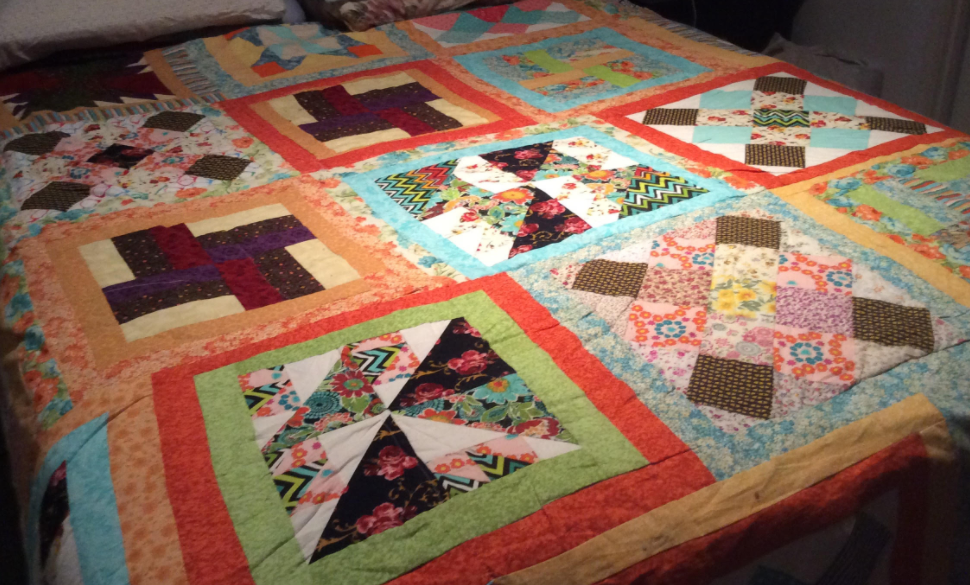

I would tell someone new to sewing that you don't need to buy every colour thread in the shop.
Black, white and a cream/beige will be fine for most seam work. You really only need to match the thread colour to the fabric colour if the stitching will be showing.

Dalma




Hi Shelley,
Love reading your ‘news’ – thanks for sharing your time with so many of us.
When just starting to sew and using patterns, I was told not to cut into the seam allowance when you came to the little ‘nicks’ (you know the ones that match on another piece of the pattern) but to always cut then out into the extra material. By cutting then in, you reduce the seam allowance ‘allowed’ thereby having your machine seam with less material at this point.
I do hope you can understand what I mean in the above! Hope it helps someone!
My best wishes
Jenny W

Hello Shelley
Advice I would give to a newbie......
Don't be afraid to ask for help.
Try to buy the best quality fabric and thread you can afford.
Relax - it's not a competition.
Your seam ripper is your new best friend!
Have fun!
Anne
xxxxxxx

thanks

Get scraps from family and friends op shops where ever, so you can play with learning what tension for what material.
How the materials feel going through plastic vs metal feet.
WHERE the feed dogs are and HOW to turn them ON and OFF.
And just learning what St length they/you prefer to use.
- Allison

Hi Shelley,
The one thing that would have helped me in the beginning of my sewing career is that different thicknesses of materials would require different ways of sewing on buttons. I hope this can help other beginners.
Kind regards
Desley

Hi Shelley,
Thanks for your email; I would love more of the wonderful patterns and creative insights we already know and love!
As for what I can tell a newbie: Believe and You Can Achieve, have fun!
Wishing you all the best for a great week ahead and it is a pleasure being part of your online community filled with inspiration.
Sincerely,
Kylie

DON'T pull the fabric through at the back of the needle/machine, use your left hand to guide it straight, and your seam allowance will be even.
The only time I iron is when I sew. It makes to so much better.
I only have 3 color cottons white, black and beige.
- Julie

